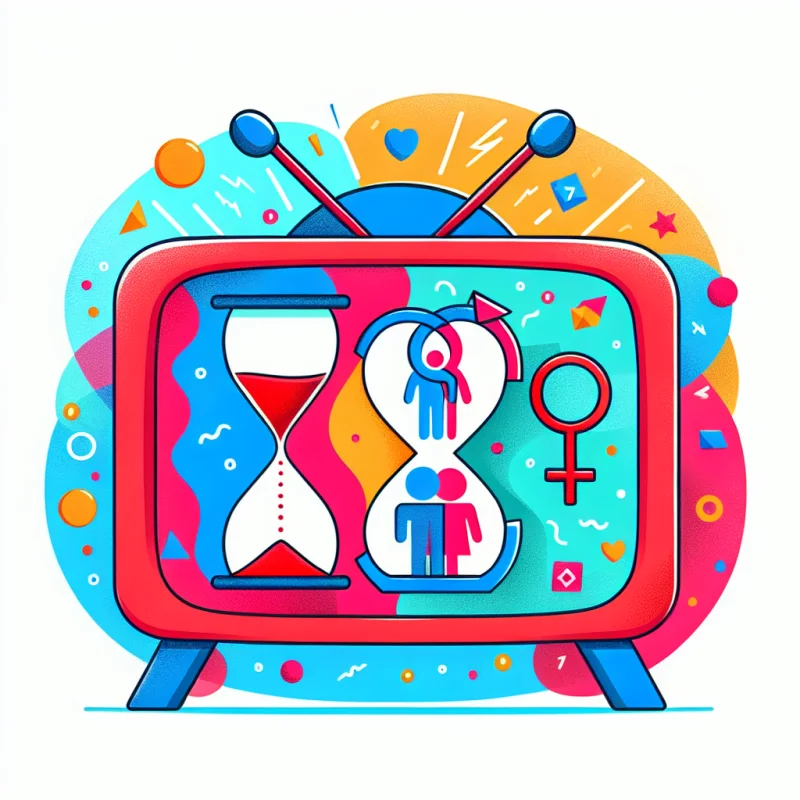Television dramas often serve as mirrors reflecting the complexities and nuances of real-life experiences. However, the recent reboot of “Sex and the City,” titled “And Just Like That,” missed a significant opportunity to delve into the intricacies of sex and aging, particularly in later life. The series, which follows the lives of beloved characters like Carrie Bradshaw, Miranda Hobbes, and Charlotte York-Goldenblatt, failed to explore how aging impacts intimate relationships, specifically through the lens of Charlotte and her husband Harry Goldenblatt. Harry’s battle with prostate cancer and its aftermath, including potential erectile dysfunction, presented a prime opportunity for the show to address the challenges and changes that couples face in their sex lives as they grow older. Despite the potential narrative arc that could have centered around Charlotte and Harry navigating this new phase of their relationship, the show opted to sidestep meaningful character development and instead focused on trivial storylines. This avoidance of a crucial and relatable issue reflects a broader trend in “And Just Like That,” where the personal growth of the characters takes a backseat to superficial plot points. While the series did touch on some significant life events for the characters, such as Charlotte’s menopausal symptoms and Miranda’s exploration of her queerness, it largely failed to provide in-depth exploration of these themes. The lack of substantive engagement with these topics left viewers wanting more profound insights into the challenges and triumphs of aging and evolving sexuality. Furthermore, the absence of Samantha Jones, the character known for her bold and unapologetic approach to sexuality, may have contributed to the show’s reluctance to fully embrace discussions around sex and aging. The decision to sideline such crucial conversations in favor of lighter storylines highlights a missed opportunity for the series to break new ground in depicting the realities of later-life relationships. In a landscape where shows like “Golden Girls,” “Grace and Frankie,” and “Gloria Bell” have fearlessly tackled the complexities of aging and intimacy, “And Just Like That” fell short in delivering a truly authentic portrayal of sex in later life. The reluctance to confront these themes head-on underscores a broader issue of ageism and discomfort with discussing aging and sexuality in mainstream media. As the series faces its final season, viewers are left contemplating what could have been if “And Just Like That” had bravely delved into the uncharted territory of sex and aging. While the show may have missed this opportunity, it serves as a reminder of the importance of authentically portraying the multifaceted experiences of individuals as they navigate the complexities of life and love. In the ever-evolving landscape of television drama, there remains a profound need for storytelling that embraces the challenges and joys of aging, offering audiences a more nuanced and honest reflection of the human experience.

Embracing the Challenges of Sex and Aging in Modern TV Drama
Related Posts

Recent Posts
- Proposed Legislation Seeks to Revamp Sentencing Guidelines Regarding Immigration Status
- Unveiling the Mysteries of the Moon: Exploring New Literary Works
- Redeeming the Underdog: Andre Onana’s Resilience Amidst Criticism
- Record Early Voter Turnout in Alberta’s Federal Byelection
- New Dynamics Emerge in Trump’s Offer of Security Guarantees for Ukraine
Recent Comments
No comments to show.













